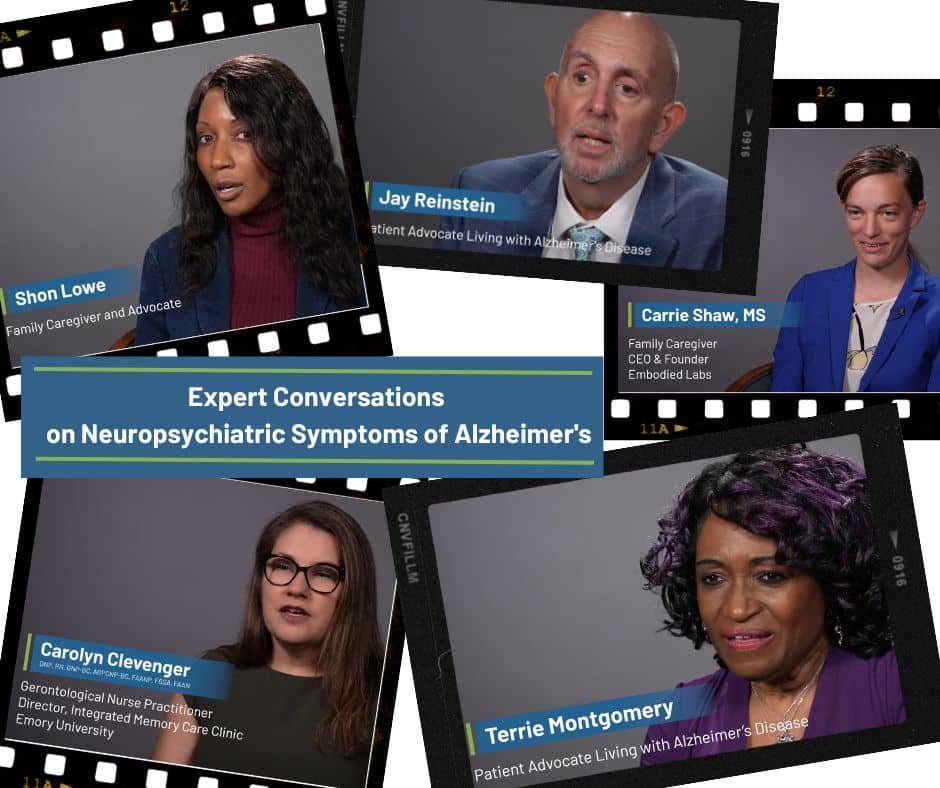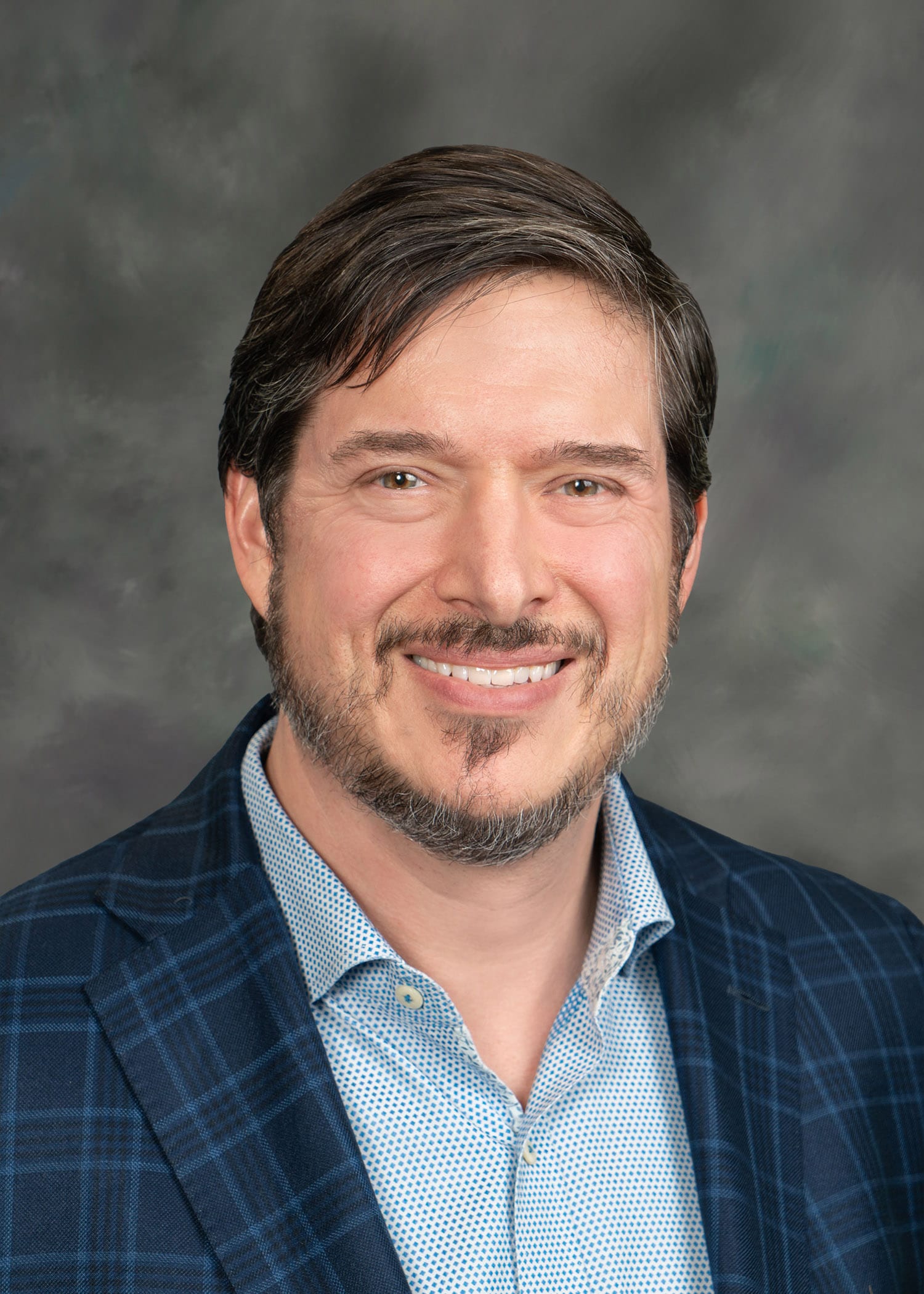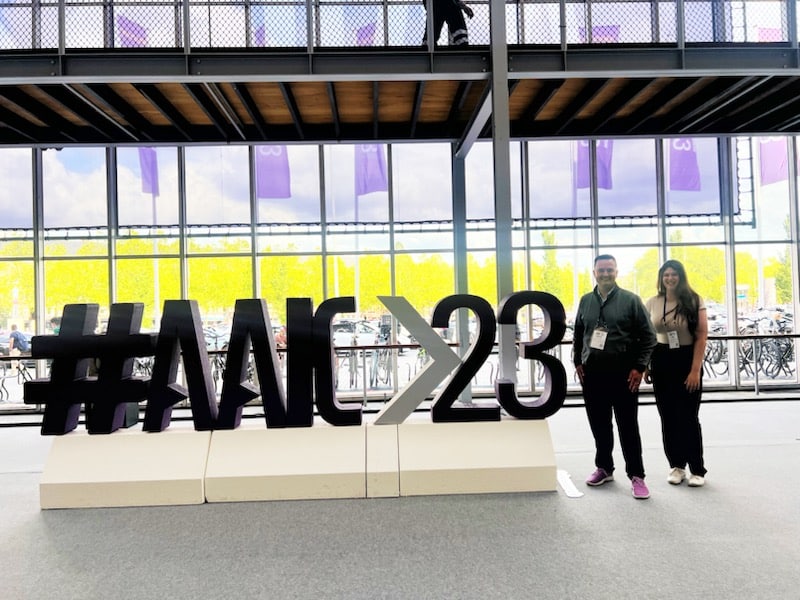
Principal, Consulting Actuary at Milliman
The Alliance for Aging Research recently released a report, “Assessing the Value of Therapies in Alzheimer’s Disease: Considerations to create a practical approach to value,” which the Alliance had commissioned from Milliman. Learn more about the report in this Q+A with Bruce Pyenson, one of the Milliman co-authors of the report:
First, we know that you are an actuary. What do actuaries do?
Actuaries translate particular risk issues into financial quantities and business terms. For over a century, actuaries were associated with the insurance industry, but actuarial skills are useful in other environments. For example, I work in healthcare economics and policy.
The Alliance for Aging Research commissioned a report from you and your team at Milliman, “Assessing the Value of Therapies in Alzheimer’s Disease: Considerations to create a practical approach to value.” Why do you think this was an important report to do?
Alzheimer’s disease and dementia are huge drains on the economy and affect millions of patients and millions of families. Better treatments could bring huge value to society by easing the burden on patients, families, and caregivers and by freeing time and talent in communities most affected. We need to understand that value, so we don’t miss opportunities to fix some of that burden.
The report examines how the traditional approach to value assessment for therapeutics fails to address the challenges posed by Alzheimer’s. Explain the traditional approach to value and why it creates problems, especially in this disease area.
The traditional approach to value is based on a rather old type of economists’ thought-experiment known as a “fair trade” or “fair bet.” It essentially seeks to understand what states of health people feel are equivalent. For example, do you think that swapping one year in perfect health for two years lived bedridden to be a fair trade? If so, then the “quality adjusted life year” (QALY) of being bedridden is 0.5, since it would take two years lived bedridden to be equivalent to one year lived in perfect health. These calculations are used to assess the incremental value of a treatment or an intervention in terms of quality of life. QALYs, as they’re called, are used in the traditional approach—how much medical spending is justified for a therapy for each QALY gained? However, people and societies don’t act on “fair trades” in the real world—and for good reason. The traditional approach will often miss what’s important to patients and people, and others have documented exactly that for patients with Alzheimer’s and their families.
Another problem with the traditional approach is that it mixes value with notions of who pays and who gets paid. Typically, the assumption is that the insurance company will pay, and the therapy provider or drug manufacturer will get the money. However, there are many other options, especially for conditions like Alzheimer’s disease, which has huge care costs but relatively low medical care costs.
The report outlines recommendations for an alternative, equitable value assessment framework. What are the recommendations, and why aren’t we already using them?
We recommend three “ecological” principles for valuing therapies for Alzheimer’s disease:
- Use metrics that apply the same standards for different conditions, regardless of age or socioeconomics
- Capture health-related impact for patients and caregivers
- Account for non-health outcomes of community value for patients and caregivers
Another recommendation, mentioned above, is to separate the assessment of value from who pays and who gets paid. That is, we should figure out the complete value of a treatment or intervention first and then decide how to pay for it.
This approach is “ecological” in that it recognizes that Alzheimer’s disease is not just about the patient, but about an entire system of care and resources. The traditional approach is perhaps comfortable to advocates of systems analysis—that you can add up the pieces to get an answer. Our approach is perhaps more consistent with the recent advances in economic theory to “behavioral economics,” which tries to explain why people act the way they do.
Was there anything you learned in doing the report that you didn’t expect?
I was struck by how much work has already been done exploring weaknesses of the traditional approach. But also, how the QALY approach is now orthodoxy.
What is something that not many people know about you?
I was a total science geek in high school. But everyone could probably guess that anyway.





